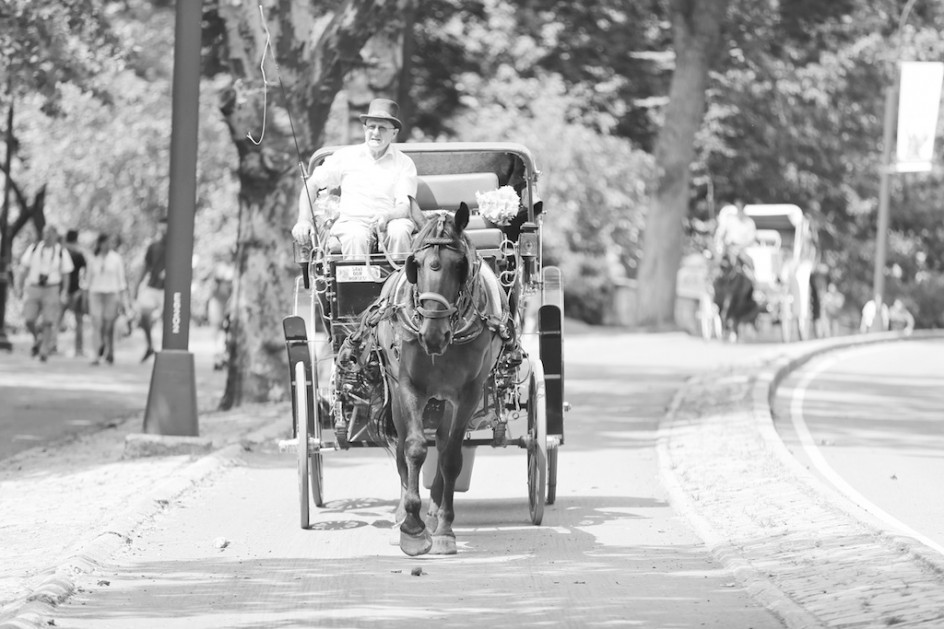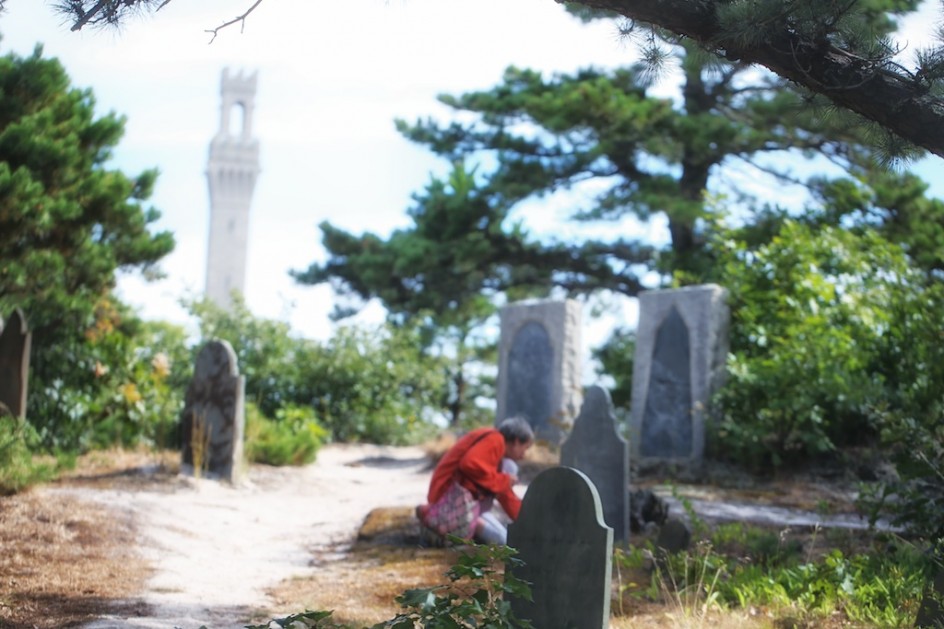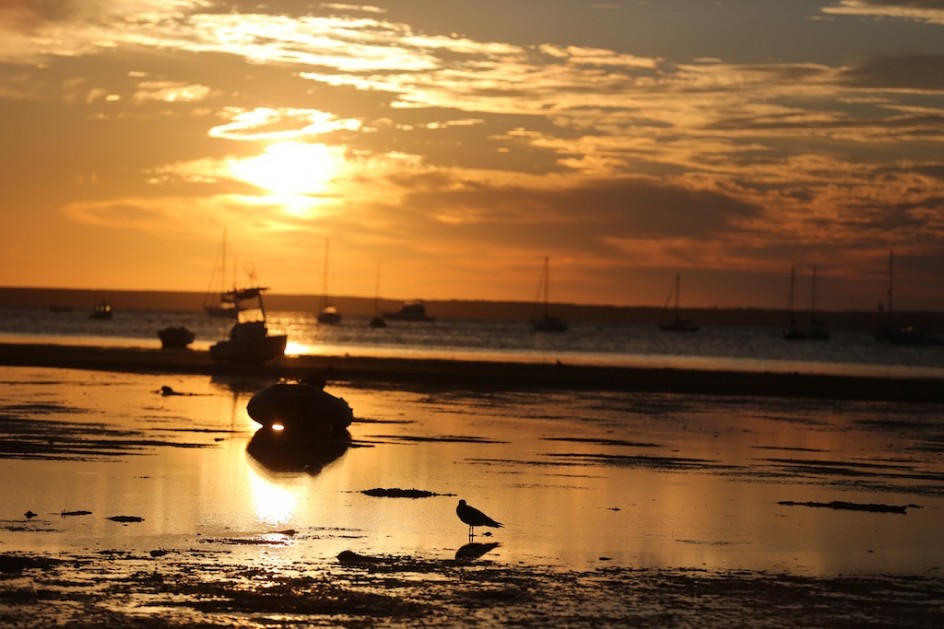
The people in the carriage trade in New York City have been so battered and dehumanized, they have lived for so long under ugly siege that they are almost afraid to even consider victory, let alone proclaim it. The long and often hateful campaign against the New York Carriage Horses has never been marked – not for a moment – by a great or thoughtful debate over the future of animals, or their welfare. It’s trademark has been hysteria, cruelty and distortion and the manipulation of media, emotion and money.
The ideology of most of the loudest people campaigning to ban the horses is to never listen, quit, learn, accommodate, or negotiate. In that sense, the controversy can never be over. The people behind this campaign who say they are for the rights of animals seem incapable of speaking to or listening to anyone but themselves, they are viscerally anti-democratic.
But in a larger sense, and no matter what mayor of New York decides, the horses and the people who own and drive them have already scored a remarkable victory.
I asked a friend in the carriage trade Sunday if things were looking up, and he said “maybe, but we can never relax, it isn’t over, it will never be over.”
But it does seem over, it almost seems that the animal rights movement has failed to convince a single person that the horses ought to be banned, after all of this fury and millions of dollars. No one who knows anything about horses or animals has ever thought the carriage horses were being abused, or believed that they are suffering by hauling light carriages in Central Park. No one who knows horses believes it now.
This struggle has never really been about animals, it has always been driven by a fringe and fanatically obsessive campaign of cruelty and rage that has kept honest hard-working people in an awful state of limbo and uncertainty for far too long, and which threatens to put the horses and other horses in peril in order to save them. Government in New York has failed in it’s duty to protect freedom and property. This is the controversy that should never have happened.
Last year, a New York Times editor wrote that the struggle over the carriage horses was not worth a minute of the mayor’s time in New York City in 2014. He was correct, but it has gone on for years and years, and in one form or another, will go on still. It has cost an enormous amount of money and taken the time and energy of thousands of people and many public officials. It is almost painful to think of all the animals – or, for that matter, all of the children – who are truly in need and could have benefited from all of this money.
The so-called progressive mayor, who has soiled himself by hiding from the carriage owners and drivers and refusing to meet with them or visit their stables, insists he is about to ban the horses imminently, by some legislative maneuvering – also anti-democratic – if necessary. But it becomes more and more apparent by the day that the drive to ban the horses is faltering, as the Wall Street Journal reported last week.
On Friday, the mayor told New York Newsday that an “ultimate ban” on the carriage horses is about to be enacted – for what seems like the hundredth time – the legislative debate over the carriage horses is about to begin. Odd, but his statements seem increasingly surreal rather than threatening. Perhaps me and the vast army of carriage horse supporters are deluding ourselves. Perhaps the mayor of New York is deluding himself, we will all find out soon enough.
Sitting on my farm a couple of hundred miles from New York (I was a political writer for some years), I don’t have a crystal ball, nor do I have any hesitation in saying the movement to banish the horses and replace them with vintage electric cars has failed, and profoundly. A senior political writer in New York, a former colleague told me this morning that the mayor has only a handful of votes in the City Council for a ban on the carriage horses. Furthermore, he said, the mayor’s office cannot get anyone to introduce or sponsor the ban at all. Sometimes we can get too close to see what we have done.
__
“The thing is,” my friend said, “in nine months of promising to ban the horses, neither he nor his friends in the animal rights movement have convinced anyone that the horses ought to be banned, in fact opposition grows by the day. The mayor is obviously not playing from a position of strength.”
I believe this analysis is correct. The ban is simply not happening, despite promise after promise and declaration after declaration. Barring some unforeseen and unknowable circumstance, the long campaign of rage against the horses and the carriage trade is a catastrophe, a landmark event in the life of a movement that professes to speak for the rights of animals, but mostly seems to promote hatred for the people who live and work with them.
When you consider the opposition, it is now staggering, even though the New York media seems reluctant to connect the dots. Last week, City Council Consumer Affairs Chairman Rafael Espinal, the elected official who chairs the committee that oversees the carriage horses, said he would oppose a vote to ban the horses and put hundreds of people who have done no wrong out of work. Espinal said that after following and considering the story all year, it is clear that the horses were well-cared for and important to the life and commerce of New York City.
All year, Espinal has been undecided about the ban, and his announcement is considered to be a significant sign that the mounting opposition to the ban is being heard, at least in the City Council if not the mayor’s office. After all this, the mayor has far fewer votes for a ban than he had in January, when he promised to ban the horses in the first week of his administration. As more and more private citizens and professionals go and see the horses and talk to the drivers, opposition to the ban has grown steadily.
Espinal is in good company. In notoriously fractious and divided New York, he joins all three newspapers, the Chamber of Commerce, the Working People’s Party, the Teamster’s Union, the Central Park Conservancy, every child and tourist and true animal lover (and lover) in the world, the Chamber of Commerce and 61 per cent of the people of New York in opposing the move to ban the horses. In addition, thousands of horse and animal lovers from all over the world have called, written and e-mailed the mayor of New York protesting the ban on the carriage horses and demanding that they remain in Central Park, which was built in part for them.
I have been researching and writing about this story for nearly a year now, and I have been surprised to learn that the animal rights movement in New York has lied repeatedly about the treatment of the horses, invented witnesses to incidents and distorted the severity of some minor and unavoidable accidents, while grossly misrepresenting others. I believe these groups have raised enormous amounts of money under false pretenses, suggesting the wanton abuse of the carriage horses with little or no evidence. Over the course of this campaign, the most vocal opponents of the carriage trade have revealed themselves to be ignorant of animals, elitist in their contempt for the carriage drivers and people who work and live with animals, and speaking in utter disregard for truth or any factual underpinning for their arguments.
Their campaign has been strident, angry and needlessly abusive. They have slandered the drivers as abusers, thieves and immoral people.
But they also greatly overplayed or misplayed their hand.
Since they listen to no one, they have convinced almost no one as well. The attention they have drawn to the movement against the horses has boomeranged. The video age cuts both ways. The more people see of them and hear their voices of rage, the greater the opposition to the ban, which is far greater today than it was a year ago. The people in the carriage trade – working-class people for the most part, are learning to speak for themselves. The proponents of the ban are not about learning, they are about shouting. And that is their downfall, they cannot learn or grow from their mistakes, they are doomed to simply repeat them.
Screaming insults at people and poking placards at horses on television is not a persuasive argument for sending the carriage horses -themselves rescue animals – to vanish into rescue farms, or even more likely, to slaughterhouses. Good people can debate the welfare of animals, but there is little or no truth, logic, or rationality in this movement to banish the horses, this is ultimately why it is failing so badly. Truth matters, and people can – and are – going to look for themselves.
These are not the animals in need of rescue, these are not the people who abuse animals.
The horses have spoken to us, they given birth to a new and true animal rights movement, one that seeks to help animals, not meet the emotional needs and fantasies of people. One that advances the notion that it is impossible to love animals and hate the people who live with them. One that seeks to foster a humane and productive partnership between people and the animals once again. In New York City, the movement against the horses has no vision for the future of animals, or for the lives of human beings, and no understanding of the real rights of both.
The controversy has triggered a new awareness of the need for a wiser and more mystical understanding of animals in our world. There are people who wish to discuss and debate the future of animals, not just shout abuse at one another. People who seek to keep animals among us, not simply ban them to private preserves where they will never be seen again. People who wish to share their knowledge and love of animals and promote understanding of their real lives and needs. People who will not exploit animals by using them to abuse or hate people.
This is a message of hope, not of hate.
Without people to live and work with, there is no future for the animals in our world. The people of New York have come to see this, in great number because they have turned away in anger and revulsion at the anger and cruelty of the people who presume to speak for the horses of New York. The horses have the right to remain among us, and we have the the right to live alongside of them. That is our true heritage, the real meaning of animal rights, the real need of people who live on Mother Earth.
In this, the carriage horses may have done a far greater service than any of us might have imagined. In life and politics, nothing is certain but change. Day by day, it seems the horses have won a mighty victory for themselves, for all of the people who love animals and wish to keep them alive and in our world. A victory also for people who believe in magic and mystery and who oppose hatred, cruelty and abuse in all of it’s forms, against animals and human beings.
__
My new e-book, “Who Speaks For The Carriage Horses?: The Future Of Animals In Our World,” is available for $3.99 everywhere digital books are sold. A portion of the proceeds will go to benefit the fund to save the carriage horses.




